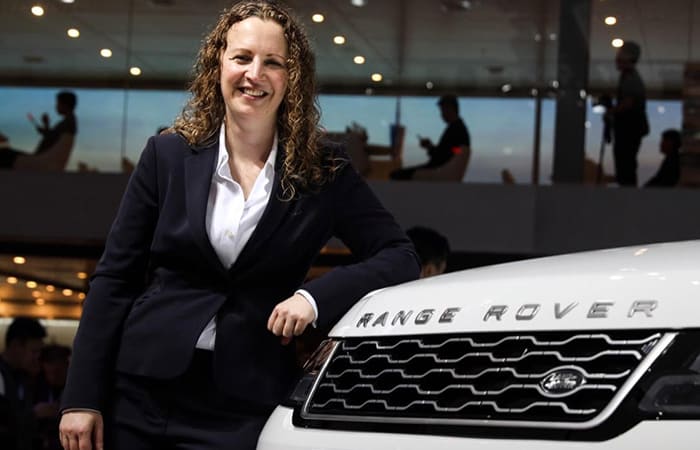Interview: Elizabeth Hill of Jaguar Land Rover
Jon Excell talks to JLR’s chief product engineer about being at the heart of an industry leading a technological revolution

As the over-used quote attributed to Henry Ford about the public asking for faster horses is often used to illustrate, the automotive industry has a deserved reputation for anticipating and second-guessing drivers’ appetites.
And at a time of profound change for the sector, when car-makers are taking the lead on a range of truly game-changing disruptive technologies – Ford’s words are perhaps as relevant now as they were when he allegedly uttered them.
But while it’s certainly true that the car industry is quicker than many other sectors to introduce new innovations, it would be wrong to suggest, as some critics of its eager adoption of change complain, that its approach to new products is some kind of top-down ivory tower exercise. Indeed, an often overlooked and increasingly important part of the automotive product development process is the time spent looking at cars that are already on the road, talking to the customers, and building the lessons learned from these vehicles into subsequent generations.
Register now to continue reading
Thanks for visiting The Engineer. You’ve now reached your monthly limit of premium content. Register for free to unlock unlimited access to all of our premium content, as well as the latest technology news, industry opinion and special reports.
Benefits of registering
-
In-depth insights and coverage of key emerging trends
-
Unrestricted access to special reports throughout the year
-
Daily technology news delivered straight to your inbox










Water Sector Talent Exodus Could Cripple The Sector
Maybe if things are essential for the running of a country and we want to pay a fair price we should be running these utilities on a not for profit...